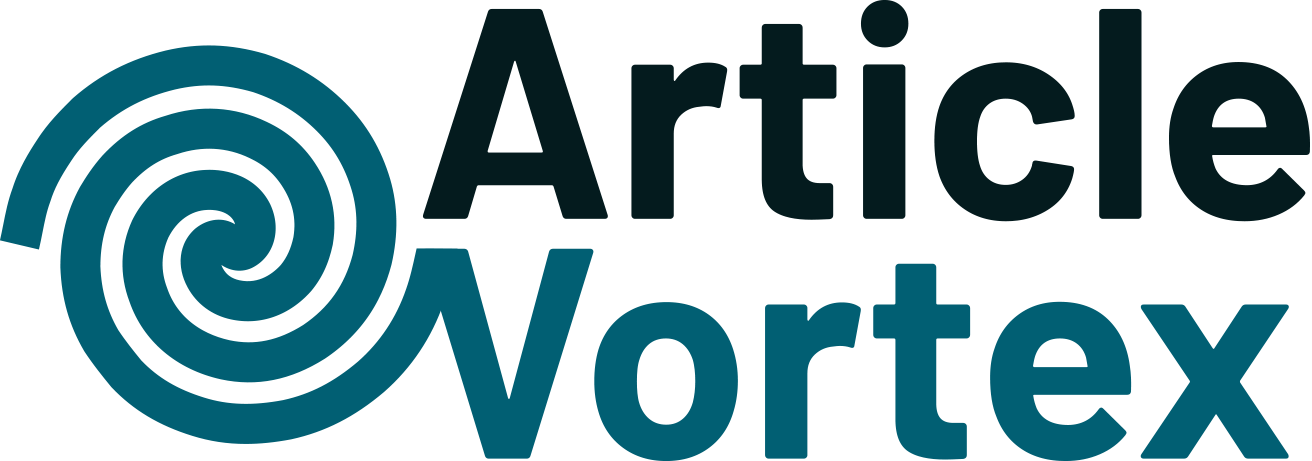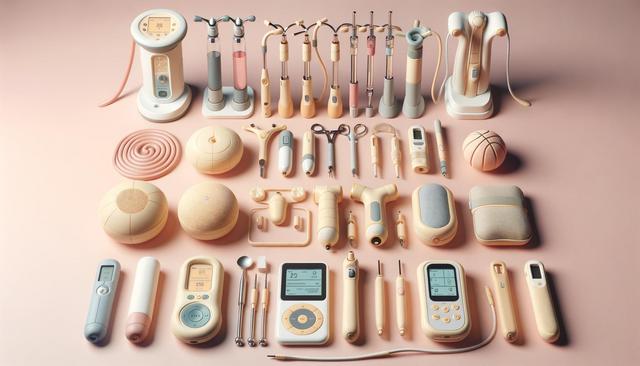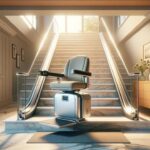Understanding the Need for Stroke Recovery Devices
Stroke rehabilitation is a critical part of the recovery process, often involving months or even years of therapy and support. For many stroke survivors, access to professional rehabilitation services can be limited by cost, availability, or mobility challenges. This is where home-based stroke recovery devices come into play. These tools are designed to support the recovery of motor skills, coordination, and strength, and they offer the convenience of being used in a familiar environment. Affordable options are especially important, as they ensure that more people can benefit from consistent rehabilitation, regardless of their financial situation.
Affordable stroke recovery devices are often tailored to assist with specific impairments, such as limited hand movement, weak leg muscles, or poor balance. These tools can range from simple grip strengtheners to more advanced electronic stimulators, each serving a unique role in the recovery process. Their growing popularity is largely due to their user-friendly design, portability, and the ability to use them without constant supervision from a healthcare provider.
Types of Affordable Stroke Recovery Devices
There are several categories of recovery devices that stroke survivors and their caregivers can consider. While professional therapy often includes high-end equipment, there are many budget-friendly alternatives suitable for home use. Some of the more accessible devices include:
- Hand exercisers and grip strengtheners: These help rebuild fine motor function and hand strength.
- Pedal exercisers: Compact and easy to use, they support lower limb movement and cardiovascular health.
- Balance boards: Useful for improving coordination and balance, particularly in the early stages of recovery.
- Resistance bands: These provide varying levels of resistance for both upper and lower body strength training.
- TENS units (Transcutaneous Electrical Nerve Stimulation): Can help with pain management and muscle stimulation.
Each of these devices offers a different benefit, and choosing the right combination depends on the individual’s specific recovery goals. Many of these tools are available from pharmacy chains, online retailers, or medical supply stores at relatively low prices.
Benefits of Using Recovery Devices at Home
Incorporating stroke recovery devices into a daily routine can have significant benefits. One of the most important advantages is the ability to continue therapy outside of clinical settings. For those who live in rural areas or have mobility issues, this can be a game-changer. Regular use of these devices can lead to improved muscle strength, better coordination, and enhanced independence in daily activities.
Other key benefits include:
- Greater consistency in rehabilitation exercises, which is crucial for long-term improvement.
- Increased motivation due to visible progress.
- Flexibility to perform exercises at convenient times.
- Reduced overall cost compared to frequent clinic visits.
Home-based recovery tools also promote mental well-being by giving stroke survivors a sense of control over their recovery journey. This psychological benefit often translates into more committed and enthusiastic participation in their rehabilitation program.
Factors to Consider When Choosing a Device
When exploring affordable stroke recovery devices, it’s essential to consider several factors to ensure they meet the user’s specific needs. Not every device will be suitable for every stage of recovery, so matching the tool to the individual’s current physical capabilities and goals is vital. Important considerations include:
- Ease of use: Devices should be intuitive and safe for independent use or with minimal assistance.
- Adjustability: Features that allow you to modify resistance or intensity help accommodate progress over time.
- Portability: Lightweight and compact devices are easier to store and use in smaller living spaces.
- Durability: The product should be built to withstand regular use without frequent replacements.
- Customer reviews and feedback: Insights from other users often highlight practical pros and cons not mentioned in product descriptions.
Consulting with a physical therapist or rehabilitation specialist before purchasing a device can also be helpful. They can provide guidance on which tools are most appropriate and offer tips on how to use them effectively.
Making Stroke Recovery More Accessible
Affordability plays a significant role in healthcare accessibility, especially for long-term recovery efforts like stroke rehabilitation. Many individuals face financial constraints that make ongoing clinical therapy sessions difficult to maintain. By investing in affordable stroke recovery devices, families can provide consistent support without incurring high costs.
The availability of these tools has expanded significantly in recent years, partly due to technological advances and increased awareness of home rehabilitation methods. Online platforms, community health programs, and non-profit organizations are also contributing by offering subsidized or donated devices to those in need. Additionally, some insurance providers may cover part of the cost if the device is deemed medically necessary.
Ultimately, integrating these devices into daily life empowers stroke survivors to take an active role in their recovery. With the right tools and guidance, it’s possible to make meaningful progress, regain lost skills, and improve overall quality of life—all from the comfort of home.












